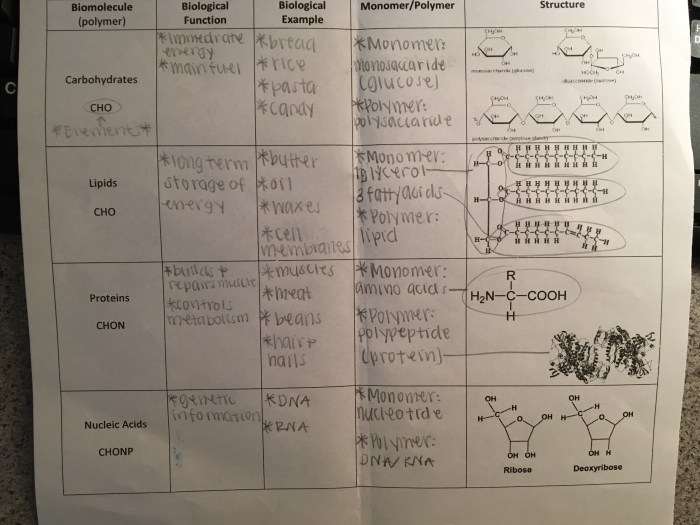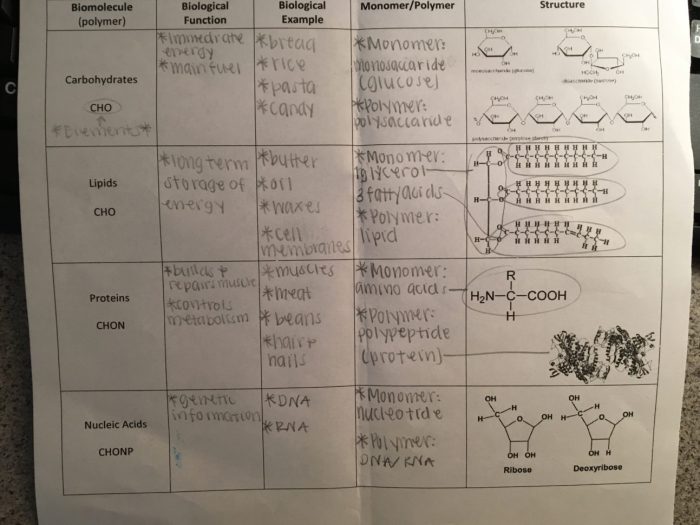Amoeba Sisters Video Recap Answers Enzymes provides a comprehensive overview of the essential role enzymes play in cellular processes. This engaging resource offers a detailed exploration of enzyme types, activity, inhibition, and regulation, making it an invaluable tool for students and educators alike.
Introduction

Enzymes play a crucial role in cellular processes, acting as catalysts that accelerate biochemical reactions without being consumed in the reaction. They are essential for a wide range of functions, including metabolism, energy production, and DNA replication. In the Amoeba Sisters video recap, enzymes are highlighted as key players in cellular processes.
Types of Enzymes

Enzymes are classified into different types based on their substrate specificity, which refers to the specific molecules or substrates that they act upon. The following table provides examples of different types of enzymes and their functions:| Enzyme Type | Substrate | Function ||—|—|—|| Hydrolases | Bonds involving water | Break down complex molecules into smaller units || Oxidoreductases | Electron transfer | Facilitate redox reactions, transferring electrons between molecules || Transferases | Functional groups | Transfer functional groups between molecules || Lyases | Bonds not involving water | Break down complex molecules into smaller units without the involvement of water || Isomerases | Isomers | Convert one isomer to another || Ligases | Bonds involving ATP | Join two molecules together, often requiring energy from ATP |
Enzyme Activity

Enzyme activity is influenced by various factors, including temperature, pH, and substrate concentration. The optimal temperature and pH for enzyme activity are typically specific to each enzyme and can be determined experimentally. Substrate concentration also affects enzyme activity, with increasing substrate concentration leading to an increase in reaction rate until a plateau is reached.
The concept of enzyme kinetics describes the mathematical relationship between enzyme activity and substrate concentration.
Enzyme Inhibition
Enzyme inhibitors are molecules that bind to enzymes and reduce their activity. There are two main types of enzyme inhibitors: competitive inhibitors and non-competitive inhibitors. Competitive inhibitors bind to the active site of the enzyme, competing with the substrate for binding.
Non-competitive inhibitors bind to a different site on the enzyme, causing a conformational change that reduces enzyme activity. Enzyme inhibition is important in drug development, as many drugs work by inhibiting specific enzymes.
Enzyme Regulation: Amoeba Sisters Video Recap Answers Enzymes
Enzyme activity can be regulated in various ways to maintain cellular homeostasis. One common mechanism is allosteric regulation, where a molecule binds to the enzyme and changes its shape, affecting its activity. Feedback inhibition is another regulatory mechanism, where the end product of a metabolic pathway inhibits the enzyme that catalyzes the first step of the pathway.
Hormonal regulation is also important, where hormones can activate or inhibit enzymes involved in specific metabolic pathways.
Common Queries
What is the role of enzymes in cellular processes?
Enzymes act as catalysts, facilitating and accelerating specific chemical reactions within cells.
How are enzymes classified based on their substrate specificity?
Enzymes can be classified into different types based on the specific substrates they interact with.
What factors affect enzyme activity?
Enzyme activity is influenced by factors such as temperature, pH, and substrate concentration.
What is enzyme inhibition and how is it used in drug development?
Enzyme inhibition involves the use of specific molecules to block enzyme activity, which can be utilized in the development of drugs to treat various diseases.